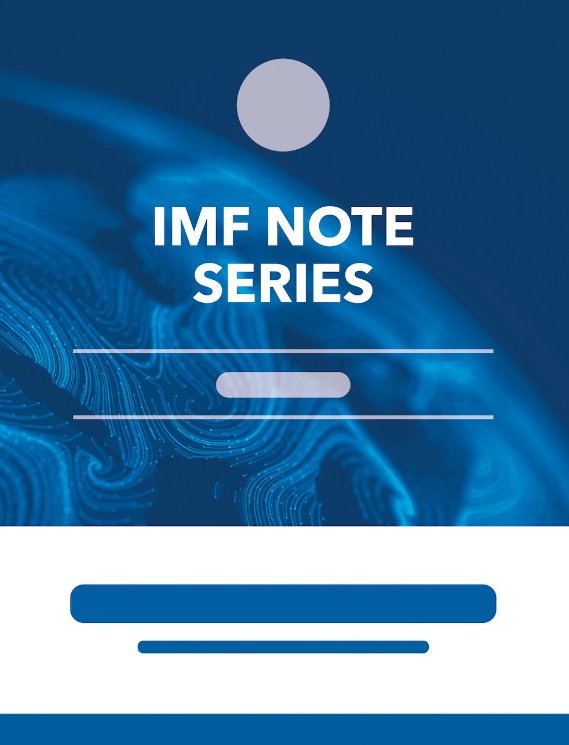A New Tool for Distributional Incidence Analysis: An Application to Fuel Subsidy Reform
October 27, 2016
Disclaimer: This Technical Guidance Note should not be reported as representing the views of the IMF. The views expressed in this Note are those of the author(s) and do not necessarily represent the views of the IMF, its Executive Board, or IMF management.
Summary
Increased focus on income inequality and distributional issues has made incidence analysis a crucial input into policy decisions. This note presents the theoretical framework used to conduct incidence analysis of fuel price subsidy reform and presents a user-friendly tool for its application. This new tool requires limited inputs and has the advantage of using the commonly available software program Excel. The note presents an illustration based on the case of Brazil, using the 2005 household survey and input-output table. The results reinforce the typical finding that fuel subsidies benefit well-off households and that their removal would be progressive.
Subject: Consumption, Energy subsidies, Expenditure, Fuel prices, Income, Inflation, National accounts, Prices
Keywords: Consumption, Energy subsidies, firm, Fuel prices, Global, Income, Inflation, oil price volatility, price, price behavior, price change, price-shifting model, subsidy reform, TNM
Pages:
16
Volume:
2016
DOI:
Issue:
007
Series:
Technical Notes and Manuals No. 2016/007
Stock No:
TNMEA2016007
ISBN:
9781475546743
ISSN:
2075-8669






